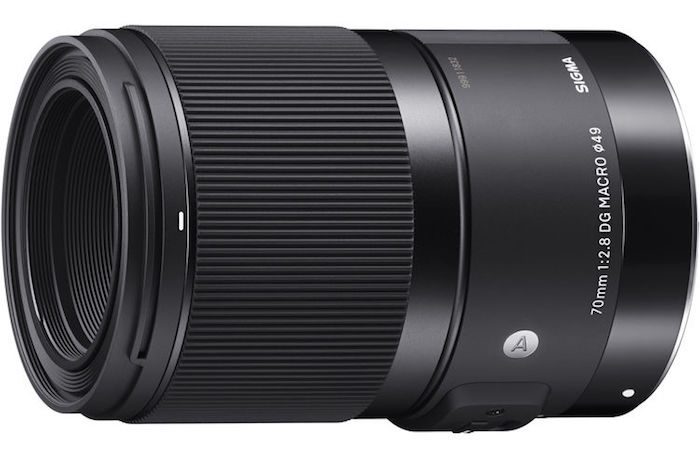Sony continues to make big runs at Canon and Nikon. With each new camera announcement, more and more eyebrows are raised to what Sony’s E-mount line is offering. The latest big move doesn’t come from Sony directly though.
Sigma gives a big nod to Sony with the announcement of 9 new lenses from its Art line for the Sony E-mount, which were previously limited to Canon EF and Nikon F mounts. The lenses include Sigma’s new 70mm f/2.8 DG Macro and 105mm f/1.4 DG HSM lenses, along with seven existing lenses:
- Sigma 14mm f/1.8 DG HSM Art
- Sigma 20mm f/1.4 DG HSM Art
- Sigma 24mm f/1.4 DG HSM Art
- Sigma 35mm f/1.4 DG HSM Art
- Sigma 50mm f/1.4 DG HSM Art
- Sigma 85mm f/1.4 DG HSM Art
- Sigma 135mm f/1.8 DG HSM Art
This should come across to everyone as yet another market signal that Sony is playing at the top and is squaring off solidly against both Canon and Nikon. This isn’t Sony pumping its own brand, or a micro-influencer talking about why they switched to Sony. Sigma is an independent third-party with financial targets to hit each quarter and its leaders believe that there is enough demand to invest in native Sony mounts for its high-end glass.
Back in the beginning of the Sony DSLR brand, I wasn’t sure if Sony would make it. Sony did and said many of the things that Samsung did a few years later. However, Samsung came out of the gate with a lot of hype on how it would dominate the mirrorless market. Unfortunately, for Samsung (and maybe consumers too), it didn’t have the guts to stick it out in this vicious market filled with the most demanding customers.
Sony, if nothing else, has been persistent. My past experiences with Sony have been very much hit or miss. One of the reasons I had doubts was the fact that Sony was this massive global consumer electronics conglomerate. How could Sony possibly focus on the level of detail and attention that serious photography customers demand?
The best Sony product I ever owned was a Walkman in the late 80s. I wore it out as I mowed the lawn every other weekend. I loved it.
Somewhere along the way, I bought a Sony MiniDisc player. I loved the idea of a smaller CD packed in a protective cartridge. However, the user interface and the friction to get your music on those MiniDiscs was beyond frustrating. Everything was proprietary, which was a theme I began to loathe when dealing with Sony products.
My first digital camera was a 3.2MP Sony Cybershot DSC-P8. Those of you who owned those early Sony cameras remember how we were stuck with using Sony’s proprietary Memory Stick for storage. They were expensive and were only used in Sony cameras. I didn’t buy another Sony camera for over a decade.
I was convinced Sony would screw up its shot in the DSLR market after it purchased Konica Minolta’s digital camera assets and IP. I figured we were on our way to more Memory Sticks (which Sony tried to push in earlier models) or we’d end up with a MiniDisc kind of experience. I’m glad I was wrong.
A couple things that I’ve admired about Sony over the past decade:
- It has tried just about anything that seemed like a good idea at the time. Some have worked. Some have flopped.
- Sony seems to have a good ear when it comes to listening to its customers.
Clearly, Sony has made some good decisions in the leadership for its digital imaging operations. Somehow, Sony’s camera division feels like a small camera company that’s facing a Goliath.
In reality though, I think Goliath has just figured out how to use the slingshot. And that should continue to worry Canon and Nikon.



I think you meant (in your last line) that David figured out how to use the slingshot … yes?
No. Sony’s still the Goliath. But they’re acting nimble and quick, which is out of character for such a behomoth of a CE giant (and Sony’s own past actions).
Sorry if my twisted metaphor failed to make my point.